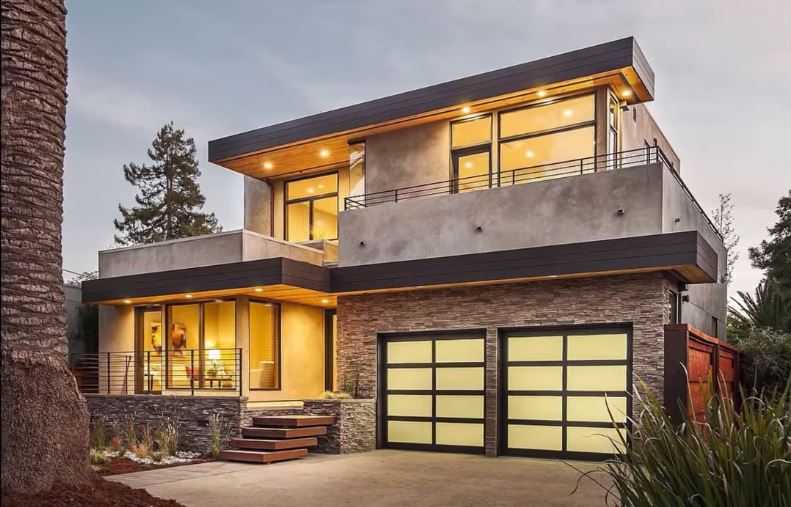 In February 2015, the first carbon positive home gained the attention of Melbourne homeowners. The prototype was an impressive bioclimatic structure with an 800-square foot floor area. The developers explain this prefabricated home can produce more energy than it consumes.
In February 2015, the first carbon positive home gained the attention of Melbourne homeowners. The prototype was an impressive bioclimatic structure with an 800-square foot floor area. The developers explain this prefabricated home can produce more energy than it consumes.
The innovative use of solar panels makes this prototype the first home of its kind in Australia. The entire house has automatic, smartphone controls.
Whilst 2014 was the year of prefab homes, there is still a lot more room for innovation that we will see in the coming years:
Prefabricated and Green
Carbon-positive homes have yet to become standard choices in the market, but some modular homes for sale come with eco-friendly features. These homes feature sustainable and non-toxic materials. The layout and design maximises natural lighting and ventilation. Some companies have also presented display homes with eight-star energy ratings.
Industry authorities expect the demand for environment-friendly prefabricated houses to increase in the next decade. Their energy saving benefits and simple construction make prefab homes the preferred choice of many people.
The Price of Modular Homes
With the growing popularity of prefab homes, it is not surprising that their prices are on the rise. In the beginning, builders designed modular solutions for low-cost housing and rural or coastal locations. As the choices and demand grow, builders had more opportunities for better housing. Now, it seems that prefabricated residences are no longer limited to rural areas or low-rent neighbourhoods.
Prefab is becoming more popular in Australia, as these are faster to build than traditional home designs. Builders also use quality and eco-friendly materials during construction. Instead of a conventional building, go for prefabricated construction if you are planning to buy a new home or make an extension to your existing property.

